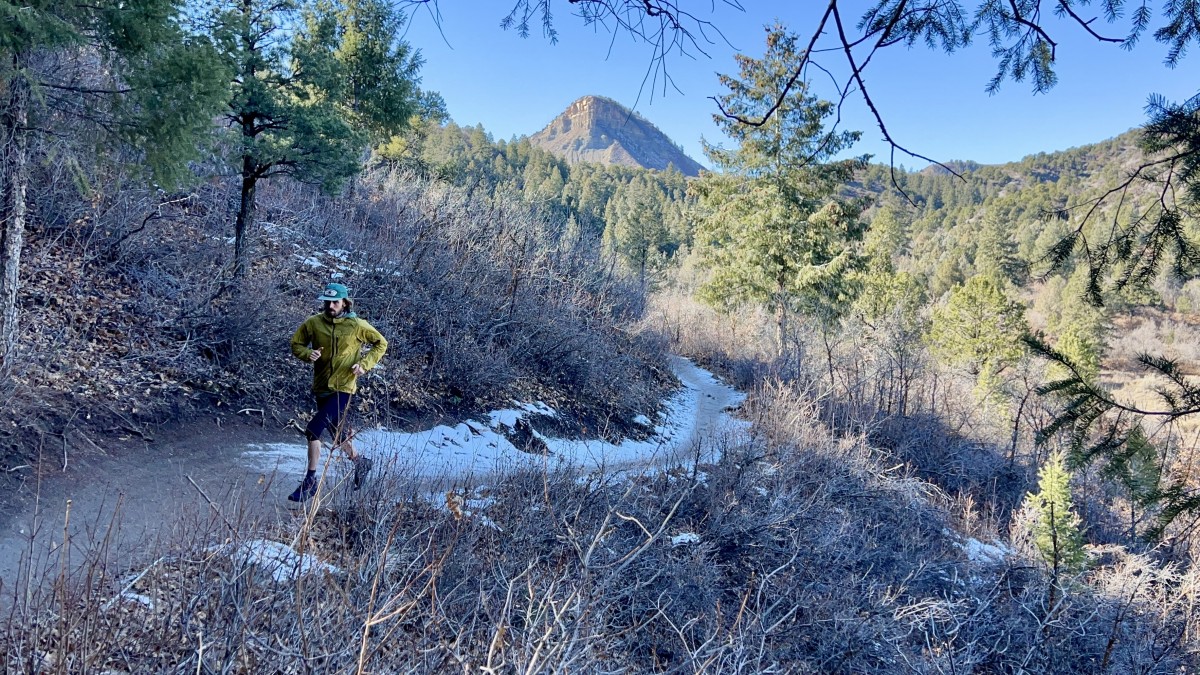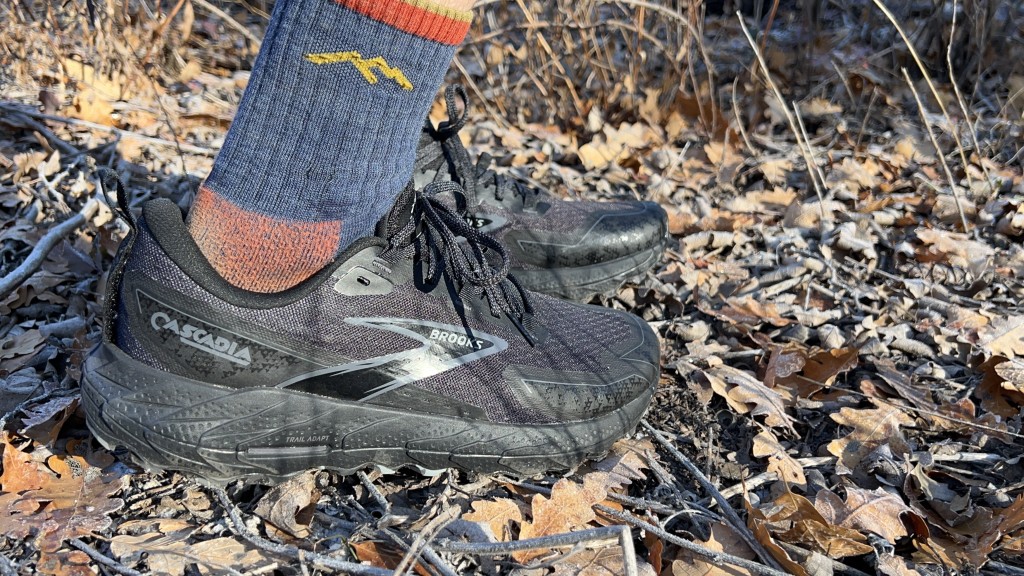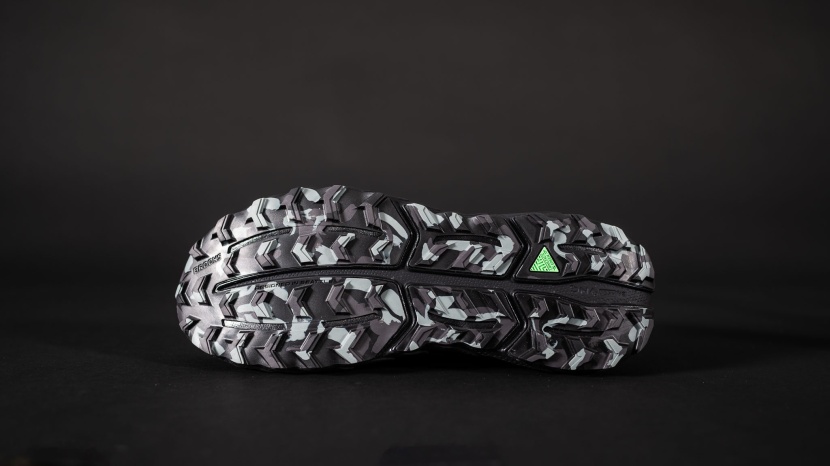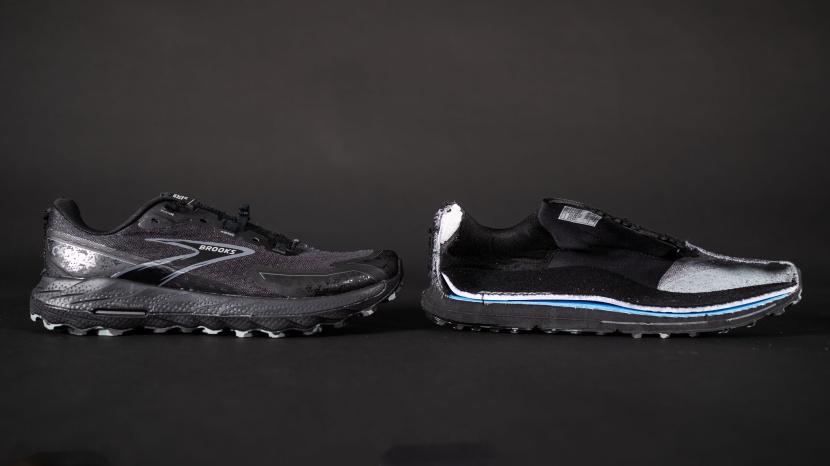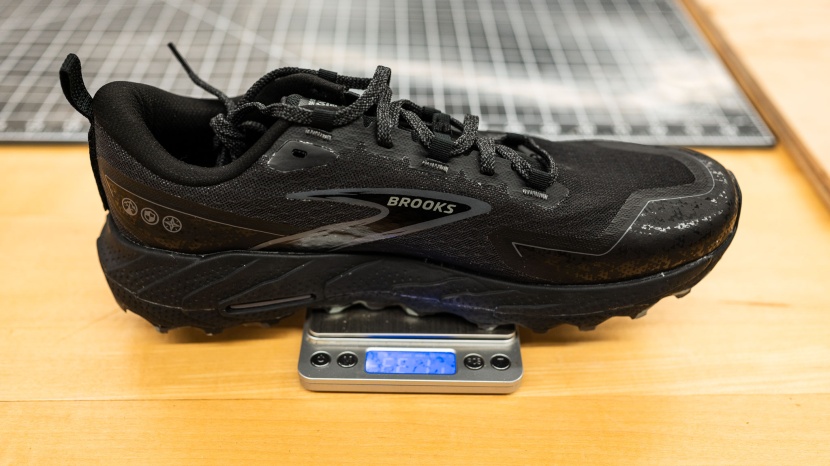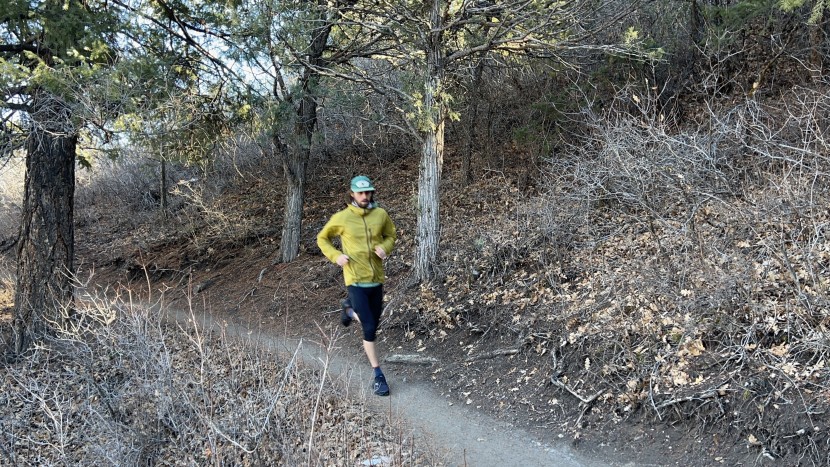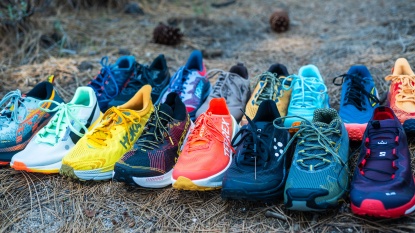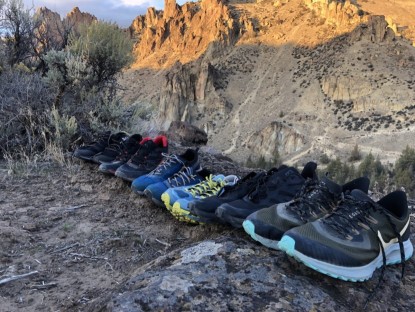
Our Verdict
Our Analysis and Test Results
The Brooks Cascadia 18 performs its best when it comes to traction and durability, making it a dependable choice for tackling challenging terrain. Its robust design provides excellent stability and support, which will appeal to those who prefer a secure and confident ride. However, its weight and substantial build may feel too heavy for some users, particularly those seeking a lighter, more agile option. This shoe is best suited for runners looking to blend hiking and running, where its ruggedness truly shines.
Comfort
Brooks continues to pump out high-quality models that are very comfortable. We really like the upper design on the Cascadia 18, which blends thin yet plush materials. The upper has great lace lockdown and an excellent tongue with subtle but flexible padding. The midsole, while stiff, does continue to be more comfortable as the break-in period tapers. The model's width provides both stability and comfort, allowing for swelling of your feet after very long runs. This width, however, isn't too wide to prevent security in more technical terrain. While we don't think the Cascadia is perfect for everyone, it's a great option for heavier runners and those who appreciate support and comfort.
Stability
With a measured heel stack of 34 mm and drop of 7 mm, the Cascadia 18 has a stable platform that supports our entire running structure. This provides a grounded feeling, especially when on more moderate terrain. There is ample rigidity through the heel that provides good support through the ankles, knees, and hips and prevents fatigue in long-distance ultras. The sensation of stability can feel overly rigid on technical terrain, but at the end of an ultra, we found it to be beneficial for fatigued legs. The overall stability of this model is a huge selling point for those who plan on going past the 50k mark. For shorter races and daily training, this could feel too stiff to some runners.
Traction
The Cascadia 18 has a variety of well-spaced directional lugs. This provides good propulsion and descending performance. The combined surface area also provides a good ground feel when running on smoother surfaces. Measure at 4.2 mm, these lugs are of above-average depth among our testing lineup, and score better than average. The Cascadia's stiffness does lend itself to less sensitivity, so in technical terrain, it can be difficult to judge traction. In the most technical terrain, we prefer higher sensitivity, which will give you a better sense of stickiness and can prevent slipping out when descending or when on off-camber terrain.
Foot Protection
The Cascadia 18 is built to last, offering impressive durability and protection for long distances. Its substantial stack height and generous cushioning, combined with a stiff toe and heel cap, provide excellent underfoot protection. The upper is thinner than many, offering a more lightweight feel when wearing the shoe, but still manages to prevent most trail debris from getting in. While heavy, this extra foot protection helps reduce fatigue on long ultras — even up to 100 miles. This level of foot protection can feel like overkill for more advanced runners on shorter outings. We'd recommend this model to beginners or those really looking to push the distance.
Weight
While not the lightest — at 11.80 ounces per shoe, in US men's size 10.5 — the Cascadia's comfort and stability at long distances still make it a great option for those training or racing ultras. If you generally stay below the marathon distance, you may want to opt for something lighter. Sometimes lighter shoes tend to beat you up and fatigue your legs quicker, depending on your fitness level. After 18 iterations, it's clear this is one of the most popular ultra shoes on the market and has been for quite some time.
Should You Buy the Brooks Cascadia 18?
The Brooks Cascadia 18 should be considered by those who are less concerned about weight and more who want comfort and support. Our team found this model to be overbuilt for our style of running, often hindering a more joyful, agile stride. That isn't to say that the shoe couldn't work for you — it's a great option for hiking or ultrarunners going 100+ mile distances. The Cascadia works for a lot of people, but as shoes have gotten lighter, it's hard for us to want something as bulky and heavy for runs around town.
What Other Men's Trail Running Shoes Should You Consider?
If this bulky shoe doesn't sound like quite what you're after, check out the Hoka Torrent 4 or Hoka Speedgoat 6, both of which offer reduced weight and better agility in a wide variety of trail types. If you like the supportive features of the Cascadia but want something lighter, you could also check out the budget-friendly Brooks Divide 5, though its performance in technical terrain isn't outstanding.


